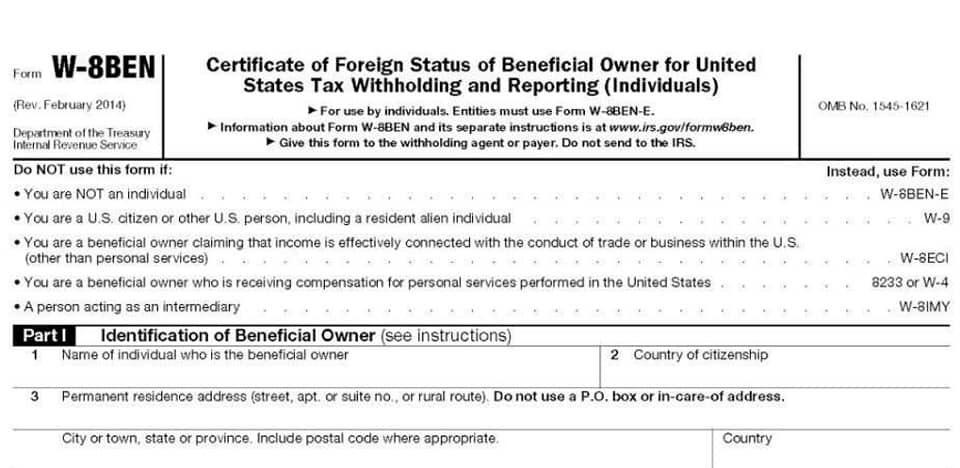
Then we add back the $50 in common stock dividends and finish up by subtracting the $100 in newly issued common stock. If a balance sheet is not available, another option is to summarize the total amount of all assets and subtract the total amount of all liabilities. Say that you’re considering investing in ABC Widgets, Inc. and want to understand its financial strength and overall debt situation. A year-end number is arrived at by using return on equity (ROE) calculation.
Example of Company Equity
Retained earnings are the total profits/earnings of the company accumulated over the years. The company uses it to manage the working capital position, procure how to find stockholders equity assets, repay debt, etc. These are not yet distributed to the stockholders and retained by the company for investing in the business.
- Other creditors, including suppliers, bondholders, and preferred shareholders, are repaid before common shareholders.
- Under a hypothetical liquidation scenario in which all liabilities are cleared off its books, the residual value that remains reflects the concept of shareholders equity.
- From the beginning balance, we’ll add the net income of $40,000 for the current period, and then subtract the $2,500 in dividends distributed to common shareholders.
- If the corporation issues 10% preferred stock having a par value of $25, the stock will pay a dividend of $2.50 (10% times $25) per year.
- If a corporation purchases a significant amount of its own stock, the corporation’s earnings per share may increase because there are fewer shares outstanding.
What Is Equity on a Balance Sheet?
Shareholders of a company are typically interested in the company’s shareholder’s equity, which is represented by their shares. The shareholder’s equity is dependent on the total equity of the company. Thus, a shareholder concerned for his earnings will also be concerned for the company. The equity Formula states that the total value of the company’s equity is equal to the sum of the total assets minus the total liabilities. Financial equity represents the ownership interest in a company’s assets after deducting liabilities. It reflects the value that belongs to the shareholders or owners of the business.
- If used in conjunction with other tools and metrics, the investor can accurately analyze the health of an organization.
- Because shareholder equity is equal to a company’s assets minus its debt, ROE could be considered the return on net assets.
- Shareholders consider this to be an important metric because the higher the equity, the more stable and healthy the company is deemed to be.
- “Long-term liabilities” generally refers to long-term debt the company has issued (bonds), but it can include other non-immediate expenses such as pension obligations.
- These include components that are not reflected in the income statements but affect the financial health of the companies.
- There are various kinds of dividends that companies may compensate its shareholders, of which cash and stock are the most prevalent.
- An alternative calculation of company equity is the value of share capital and retained earnings less the value of treasury shares.
Paid-in capital in excess of par value
Further, the Shareholder’s purchase of company stock over a period gives them the right to vote in the board of directors elections and yields capital gains for them. All such paybacks maintain the stockholder’s interest in the company’s equity. Investors are wary of companies with negative shareholder equity since such companies are considered risky to invest in, and shareholders may not get a return on their investment if the condition persists. For example, if the assets are liquidated in a negative shareholder equity situation, all assets will be insufficient to pay all of the debt, and shareholders will walk away with nothing.
- A distribution of part of a corporation’s past profits to its stockholders.
- Net income is the total revenue minus expenses and taxes that a company generates during a specific period.
- The balance sheet shows this decrease is due to both a reduction in assets and an increase in total liabilities.
- Negativity may arise due to buyback of shares; Writedowns, and Continuous losses.
- The book value of a company is the amount of owner’s or stockholders’ equity.

Negative shareholder equity means that the company’s liabilities exceed its assets. To arrive at the total shareholders’ equity balance for 2021, our first projection period, we add each of the line items to get to $642,500. From the beginning balance, we’ll add the net income of $40,000 for the current period, and then subtract the $2,500 in dividends distributed to common shareholders.

Video Explanation of Shareholder’s Equity Statement
Every corporation has common stock and those owners are known as common stockholders. Some corporations also issued preferred stock and trial balance those corporations will have both common stockholders and preferred stockholders. It is important to note that there is no entry to record the liability for dividends until the board declares them. The record date merely determines the names of the stockholders that will receive the dividends. Dividends are paid only on outstanding shares of stock; no dividends are paid on the treasury stock.
Shareholders’ Equity vs Market Cap

The balance sheet reports the real estate cash flow assets, liabilities, and owner’s (stockholders’) equity at a specific point in time, such as December 31. The balance sheet is also referred to as the Statement of Financial Position. If a corporation has both common stock and preferred stock, the corporation’s stockholders’ equity (the corporation’s book value) must be divided between the preferred stock and the common stock. To arrive at the total book value of the common stock, we first compute the total book value of the preferred stock, and then subtract that amount from the total stockholders’ equity. Even though the total amount of stockholders’ equity remains the same, a stock dividend requires a journal entry to transfer an amount from the retained earnings section to the paid-in capital section.
Related investing articles
- Net working capital is a useful tool for analyzing exactly what’s driving a company from one year to the next.
- Specifically, this metric can be used to evaluate the likelihood of receiving a payment should the company have to liquidate.
- Let’s see some simple to advanced examples to better understand the stockholder’s equity equation calculation.
- Using average shareholder equity makes particular sense if a company’s shareholder equity changed from one period to another.
- Companies can generally issue either common shares or preferred shares.
Long-term assets are the value of the capital assets and property such as patents, buildings, equipment and notes receivable. These assets should have been held by the business for at least a year. It’s important to note that the recorded amounts of certain assets, such as fixed assets, are not adjusted to reflect increases in their market value. Long-term liabilities are obligations that are due for repayment over periods longer than one year. Companies may have bonds payable, leases, and pension obligations under this category.
The certificate would indicate the type of stock (common, preferred), any restrictions pertaining to the sale of the stock, the number of shares, the par value, etc. Today, the larger corporations with many shareholders are likely to use electronic records instead of issuing the paper stock certificates. For instance, if a corporation exchanges 1,000 of its publicly-traded shares of common stock for 40 acres of land, the fair market value of the stock is likely to be more clear and objective. Legally, corporations must have a credit balance in Retained Earnings in order to declare a dividend.